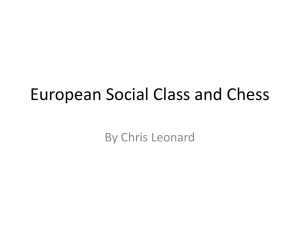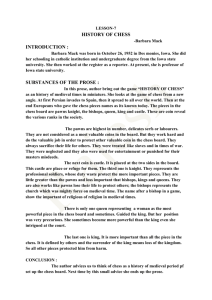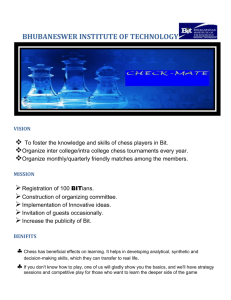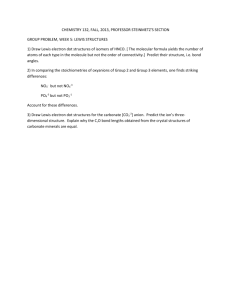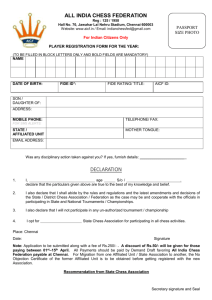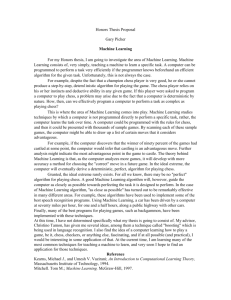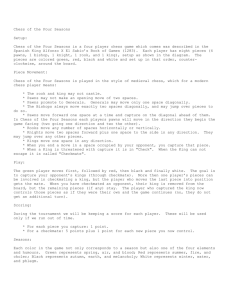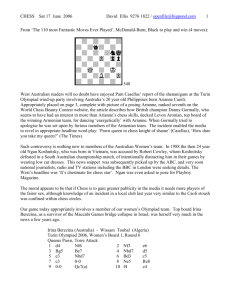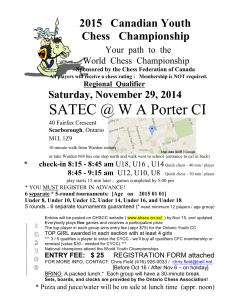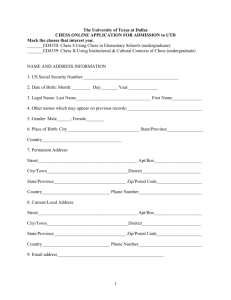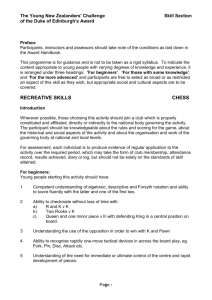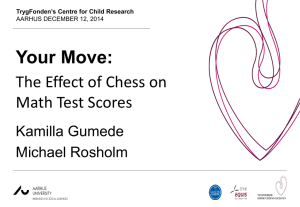Haworth Art Gallery
advertisement
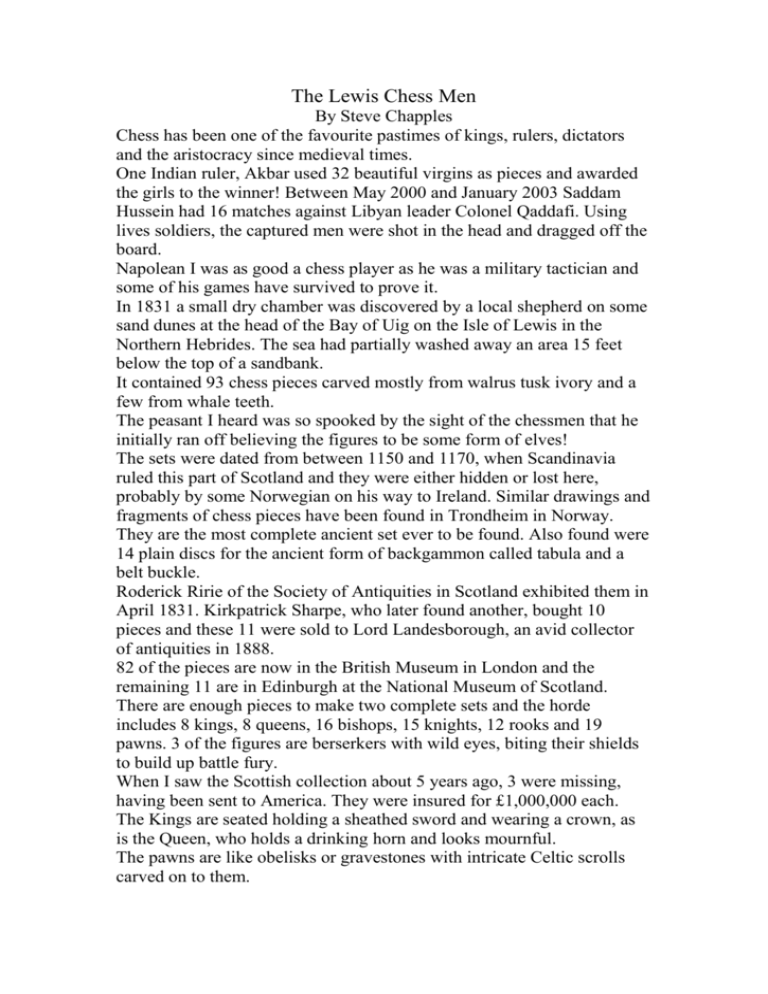
The Lewis Chess Men By Steve Chapples Chess has been one of the favourite pastimes of kings, rulers, dictators and the aristocracy since medieval times. One Indian ruler, Akbar used 32 beautiful virgins as pieces and awarded the girls to the winner! Between May 2000 and January 2003 Saddam Hussein had 16 matches against Libyan leader Colonel Qaddafi. Using lives soldiers, the captured men were shot in the head and dragged off the board. Napolean I was as good a chess player as he was a military tactician and some of his games have survived to prove it. In 1831 a small dry chamber was discovered by a local shepherd on some sand dunes at the head of the Bay of Uig on the Isle of Lewis in the Northern Hebrides. The sea had partially washed away an area 15 feet below the top of a sandbank. It contained 93 chess pieces carved mostly from walrus tusk ivory and a few from whale teeth. The peasant I heard was so spooked by the sight of the chessmen that he initially ran off believing the figures to be some form of elves! The sets were dated from between 1150 and 1170, when Scandinavia ruled this part of Scotland and they were either hidden or lost here, probably by some Norwegian on his way to Ireland. Similar drawings and fragments of chess pieces have been found in Trondheim in Norway. They are the most complete ancient set ever to be found. Also found were 14 plain discs for the ancient form of backgammon called tabula and a belt buckle. Roderick Ririe of the Society of Antiquities in Scotland exhibited them in April 1831. Kirkpatrick Sharpe, who later found another, bought 10 pieces and these 11 were sold to Lord Landesborough, an avid collector of antiquities in 1888. 82 of the pieces are now in the British Museum in London and the remaining 11 are in Edinburgh at the National Museum of Scotland. There are enough pieces to make two complete sets and the horde includes 8 kings, 8 queens, 16 bishops, 15 knights, 12 rooks and 19 pawns. 3 of the figures are berserkers with wild eyes, biting their shields to build up battle fury. When I saw the Scottish collection about 5 years ago, 3 were missing, having been sent to America. They were insured for £1,000,000 each. The Kings are seated holding a sheathed sword and wearing a crown, as is the Queen, who holds a drinking horn and looks mournful. The pawns are like obelisks or gravestones with intricate Celtic scrolls carved on to them. The helmeted knights are mounted and carry a shield and lance. The bishops on their ornate thrones are wearing mitres, holding crosiers and giving a blessing. In place of a rook, they have standing warders holding a sword and kite shield. Some of the pieces are stained red, so presumably the board would have had red and cream squares, but no board was found. In the 1970s I used to make Lewis sets using rubber moulds and a polyester resin mix and most modern copies are made this way. On the island they make a classy beetroot and ivory set using a Lewisian rock called gneiss, which is crushed and mixed with resin and then hand finished. The set and tiled board cost £129. The Lewis figures inspired the animated Viking saga of “Noggin the Nog” and in the 2001 Harry Potter and the Philosopher’s Stone, the red queen from the wizard’s set is based on the Lewis piece. For the 10th edition of Chessmaster there is a 3D computer simulation of the figures. Copyright Arncliffe Press January 2007.
